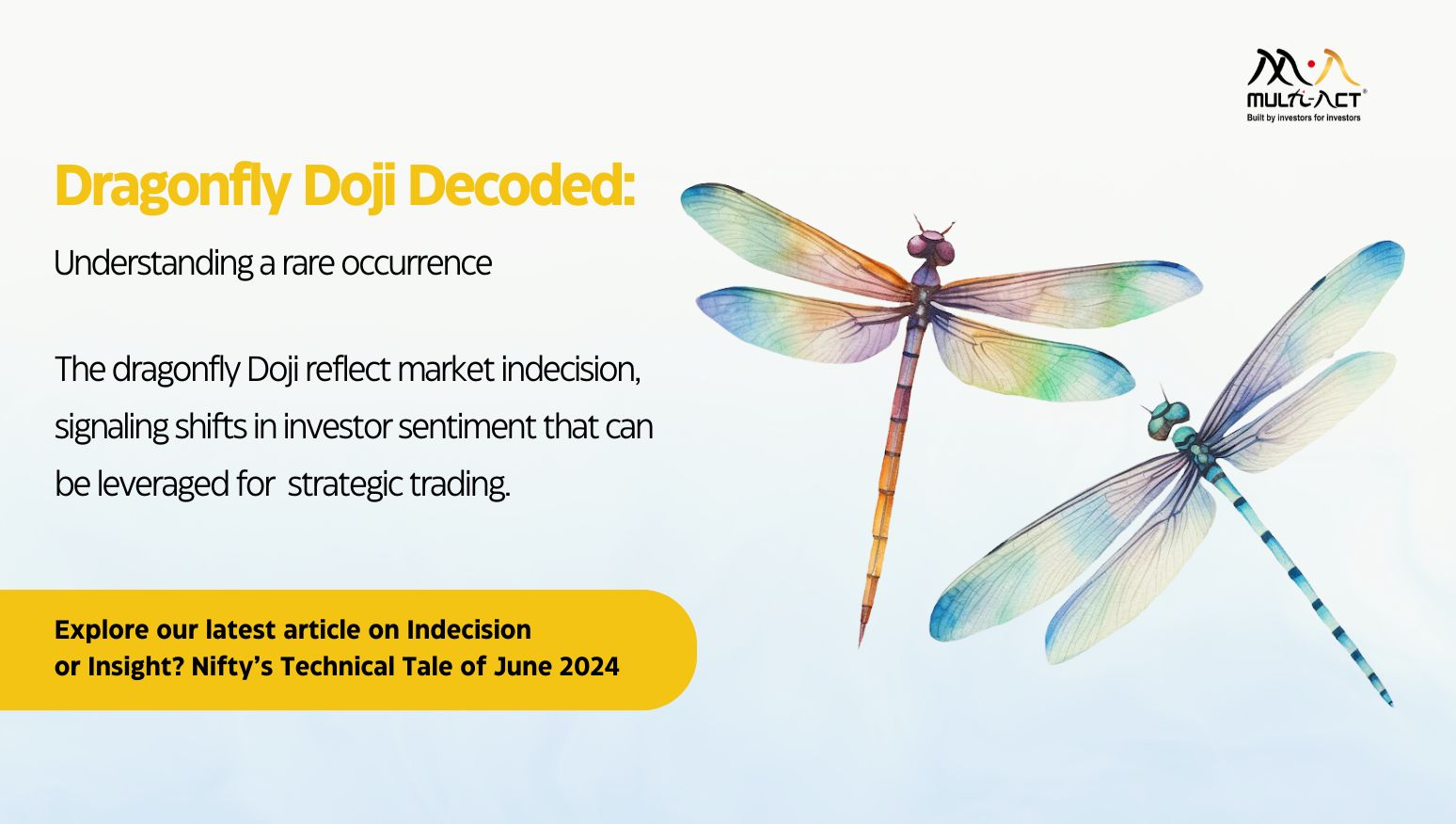For every person of wealth, whether earned or inherited, the deepest concern is always about the preservation and healthy growth of that wealth. Intuitively or explicitly, most owner of serious wealth – whether individuals, families, or institutions – all understand that preserving wealth beyond three generations has seldom been achieved in the world. So, building a 100 Year Portfolio is one test of their mettle against odds that seem to have almost always prevailed.
Their task was made tougher recently. If you study the history of capital markets in the world you find that secular bear markets and secular bull markets tend to follow each other cyclically over periods of about 12 to 17 years each. The purpose of a bear market is to cleanse the system of failed investments and unviable companies and allow new ones to start up. A bit like a forest fire really! But the events of 2008, which signalled the end of secular bull market, saw Central Bankers around the world join forces to prevent that secular bear market from happening. We saw a tremendous supply of liquidity sponsored by the Governments that took the world’s asset markets into unreal, liquidity driven (as against earnings driven) highs. It now looks like the mind state of global policymakers is unlikely to change, so it is imperative that owners of serious wealth must look to protect their investment portfolios from damage likely to be inflicted on it when policy runs out of fuel and the intergenerational bear market that will follow.
At Multi-Act we started this journey 25 years ago. In this note we will briefly touch upon ideas, principles, tenets, and paradigms which we have developed, which improve the probability of winning. Hundreds of thousands of manhours (and women hours) have been devoted to this journey by investment professionals with expertise in accounting, portfolio construction, statistics, quantitative techniques, and behavioural science.
At the crux of the portfolio is firstly, the behaviour of the people who control the portfolio decisions; and secondly, the structure of the portfolio itself.
On the decision-making process we have found that rules are simple to state but difficult to follow in practice:
- Avoid the lure of “quick money” traps: This comes in different shapes and sizes. Usually, it comes in the form of what today’s generation calls FOMO (Fear Of Missing Out). Examples abound from the technology stocks boom of 1999 to the recent e-commerce companies IPOs, and everything in-between. The real problem arises when you get dogged with the doubt: “What if this is the real thing, and I end up not having it?” And every advisor and wealth manager and distributor of financial products is screaming at you to buy it! All your friends may have already committed to it! The only way to avoid that trap is to create a portfolio strategy that won’t permit such transgressions…AND STICK BY IT!
- Ensure that your advisors are not conflicted with your goals in any way: In many Family Office situations we have found that the portfolio is an aggregation of product recommendations made by a set of advisors, whose goals may be at odds. Or their remuneration is linked to the volume of corpus they advise. In either case the fiduciary role they play comes under a shadow of conflict. You need to equip yourself with a mindset to rationally evaluate each opportunity that is thrown at you as a recommendation. This is simple, but not easy. It needs a lot of resources and time, and a standardised technique to rationally evaluate.
The portfolio structure and strategy, has evolved and tested with our own money until we found an allocation and strategy that works:
So, what’s a sound portfolio strategy that will last 100 years? And how will it prevent permanent loss of capital?
What has worked for us is a four-part portfolio allocation strategy i.e., 25% each in deep value equities, high quality fixed income securities or proxies of fixed income, bullion and real assets including commodities. What this does is to automatically build counter-cyclicality in the portfolio. And since the emphasis is on high quality it automatically takes care of the ‘tail risk’ of market cycles. Although this is briefly stated here but it needs a lot of discussion to understand how it works in real life.
Deep research excellence is a must: To ensure that each line item of your 100-year portfolio is exactly what you need it to be. And to ensure that you can ensure that for each asset class. That needs serious investment in research and analytics, as well as in data science. At Multi-Act we have already invested over Rs.100 crores into building that capability. There is research and analytical capability to stress test each line item of the 100-year portfolio for over the years, including test its tail risk! At Multi Act investment in Research continues to be added every day.
To diversify sufficiently to bring additional built-in balance in the portfolio: we find that Indian families are far too committed to investing in only one market i.e. India. But with portfolio size growing, that sort of home bias could become a risk by itself. We have found that at about 20% diversification in global markets helps to build sustainability in the portfolio. There are asset quality opportunities in the rest of the world that are many times unavailable in India. Besides, there are substantial businesses that are totally absent from India, which make attractive investments in a 100-year portfolio.
Analysis of the Economic Macro Trends needs to be an ongoing activity when building a long-term portfolio. Because you are building it for the long term, the impact of long-term Macro policy decisions of governments, macro cycles of asset markets, geo-politics and its impact on markets and asset classes – all such factors should be weighed in when selecting line items to add to the portfolio. Here again, there is a strong research support needed to decipher the effects of macro movements. At Multi-Act, our Austrian Economic orientation gives us a definite edge when analysing economic and market cycles and their likely effect on investment choices. Our databases allow us to track multi-generational trends of the past across asset classes and simulate their future statistical behaviour to generate decision options. In the last couple of decades policy choices made by governments across the world have been far from the best ones. And Multi Act Macro research has been consistently working to weatherproof its own and its client portfolios against the impact of these choices.
Review and rebalancing is an activity that is fraught with risk itself. We have found Family Offices or High Networth Individuals who get bored by what they hold for long periods of time. Or cannot stomach down cycles of some of the element of their portfolios. So, reviews are the time to go back to the basics. These are best done at fixed intervals. And the key thing to check is whether the thesis which allowed each line item into the portfolio still holds true.
Cyclical down turns, secular bear markets will always raise doubt about the sustainability of your 100-year portfolio. Multi Act is a good advisor to have when you do a review. Because it takes research and data and analytics to arrive at an informed decision during the review.



